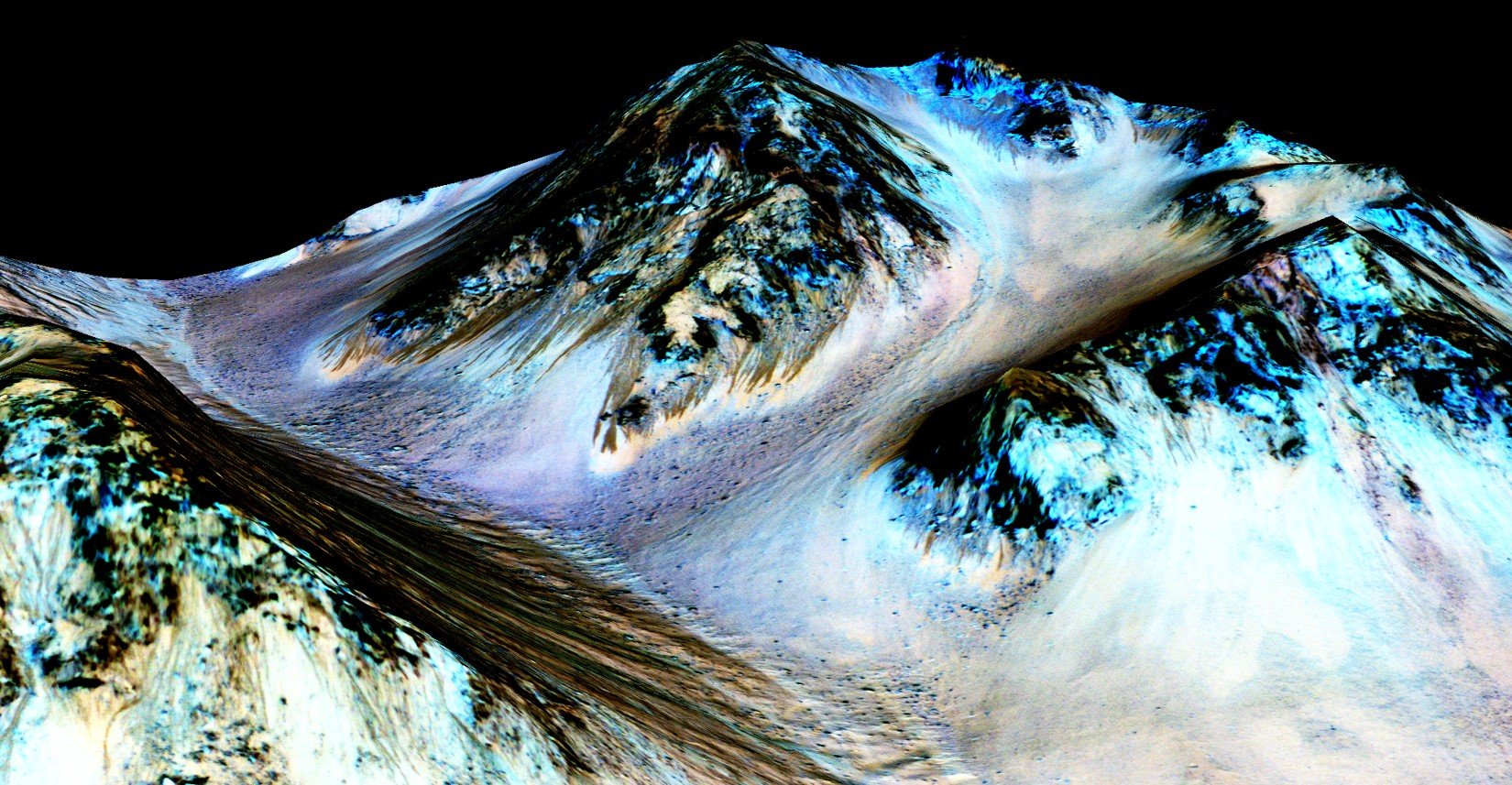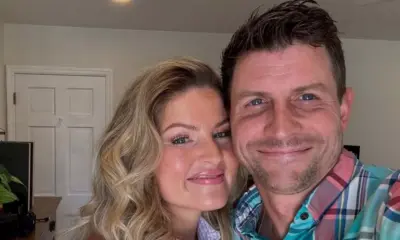Science
Seasonal Frosts May Create Liquid Briny Patches on Mars

Research suggests that seasonal frosts on Mars could lead to the formation of liquid briny patches on its surface, potentially offering insights into the planet’s capacity to support life. In a study led by Vincent Chevrier, an associate research professor at the University of Arkansas, compelling evidence emerges regarding the existence of these brines, which may result from melting frost interacting with perchlorates found in Martian soil.
NASA’s Viking 1 and 2 missions, which began in 1976, were the first to explore the Martian surface and search for biosignatures, or signs of past life. The initial findings were inconclusive and contributed to a prevailing skepticism about the possibility of life on Mars. Nevertheless, the discovery of geological features indicative of past water flow revitalized research efforts in the 1990s, leading to more than 25 subsequent missions to the planet.
One of the significant features identified is the Recurring Slope Lineae (RSL), dark streaks that appear during warmer months and fade in winter. These features suggest the presence of liquid water, although the extreme conditions on Mars complicate the picture. Mars has a thin atmosphere, and temperatures can vary dramatically, making stable liquid water on the surface a contentious subject among scientists.
Chevrier’s recent paper presents a detailed analysis of meteorological data from the Viking 2 mission, which landed on September 3, 1976, in the Utopia Planitia region. This area is known for its permafrost and is believed to have once been submerged under a vast ocean. By combining this data with the Mars Climate Database and advanced climate modeling, Chevrier explored the potential for brine formation from melting frost.
To understand the conditions necessary for brines to form, Chevrier focused on the unique properties of perchlorates, which have a notably low melting point. Specifically, brines composed of water and calcium perchlorate can remain liquid at temperatures as low as -75 °C (-103 °F), whereas average surface temperatures on Mars range from 20 °C (68 °F) during the day to -153 °C (-243 °F) at night.
Chevrier’s findings indicate a critical period in late winter to early spring when conditions might allow for the existence of liquid brines for approximately one Martian month, equivalent to about two Earth months. He notes that the ideal temperatures for brine formation occur during early morning and late afternoon, while conditions are too extreme at other times.
While these discoveries do not conclusively prove the existence of brines, they suggest that Mars could potentially support life forms adapted to its harsh environment. Furthermore, they raise intriguing possibilities for future missions, hinting that similar processes might be observed in other frost-bearing regions on the planet.
The results of Chevrier’s research were published in Nature Communications Earth and Environment, marking a significant contribution to the ongoing exploration of Mars and its potential for hosting life. As scientists continue to analyze the Martian landscape, the existence of seasonal brines may offer a new avenue for understanding the planet’s history and habitability.
-

 Technology5 months ago
Technology5 months agoDiscover the Top 10 Calorie Counting Apps of 2025
-

 Health2 months ago
Health2 months agoBella Hadid Shares Health Update After Treatment for Lyme Disease
-

 Health3 months ago
Health3 months agoErin Bates Shares Recovery Update Following Sepsis Complications
-

 Technology4 months ago
Technology4 months agoDiscover How to Reverse Image Search Using ChatGPT Effortlessly
-

 Technology1 month ago
Technology1 month agoDiscover 2025’s Top GPUs for Exceptional 4K Gaming Performance
-

 Technology2 months ago
Technology2 months agoElectric Moto Influencer Surronster Arrested in Tijuana
-

 Technology5 months ago
Technology5 months agoMeta Initiates $60B AI Data Center Expansion, Starting in Ohio
-

 Technology5 months ago
Technology5 months agoRecovering a Suspended TikTok Account: A Step-by-Step Guide
-

 Health4 months ago
Health4 months agoTested: Rab Firewall Mountain Jacket Survives Harsh Conditions
-

 Lifestyle5 months ago
Lifestyle5 months agoBelton Family Reunites After Daughter Survives Hill Country Floods
-

 Technology4 months ago
Technology4 months agoHarmonic Launches AI Chatbot App to Transform Mathematical Reasoning
-

 Technology3 months ago
Technology3 months agoUncovering the Top Five Most Challenging Motorcycles to Ride





















